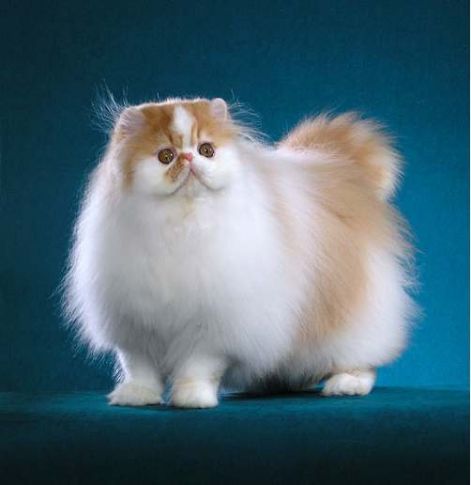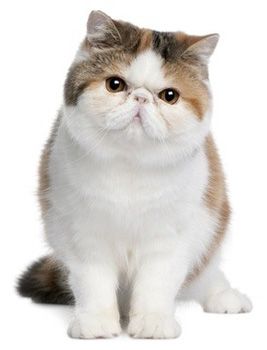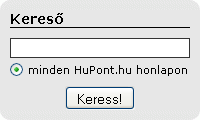HEART OF ANGEL kennel
English Bullterrier - Egzotic and Persian cat cattery
A perzsa macskáról
Perzsa macska már egy teljes évszázada vezeti a legnépszerűbb macskafajták ranglistáját. A perzsa macskáknak nem csak megjelenése, de természete is rendkívüli. A perzsák szelíd, gyengéd, barátságos és méltóságteljes cicák.
A fajta perzsiából (a mai Iránból) származik, de atörök angórával és a brit hosszú szőrűvel való keresztezés miatt a származása tisztázatlan. Európában való megjelenése Pietro Della Valle italiai utazóhoz köthető. Angliában az 1800-as évek végén, a Harrison Weir által lefektetett fajtastandardok alapján értékelték a perzsa macskákat, és az 1900-as évek elejére minden tenyésztői egyesület elfogadta a fajtát.

Egzotikus rövid szőrű perzsa macska
1967-ben ismerték el fajtaként.
Az egzotikus rövid szőrű változata egyesíti a legelőnyösebb külső és belső tulajdonságokat. A rövid szőrű perzsa macska nyugodt, könnyen gondozható.
Ez a fajta perzsa macska szinte minden színben létezik. Lényegesen kevesebb szőrzetápolást igényel, mint hosszú szőrű rokonai, amelyeknél elengedhetetlen a mindennapi fésülés.

Persian cat:
The Persian is a long-haired breed of cat characterized by its round face and shortened muzzle. Its name refers to Persia, the former name of Iran, where similar cats are found. Recognized by the cat fancy since the late 19th century, it was developed first by the English, and then mainly by American breeders after the Second World War. In Britain, it is called the Longhair or Persian Longhair. The selective breeding carried out by breeders has allowed the development of a wide variety of coat colors, but has also led to the creation of increasingly flat-faced Persians. Favored by fanciers, this head structure can bring with it a number of health problems. As is the case with the siamese breed, there have been efforts by some breeders to preserve the older type of cat, the traditional breed, having a more pronounced muzzle, which is more popular with the general public. Hereditary polycystic kidney disease is prevalent in the breed, affecting almost half the population in some countries.
The placid and unpretentious nature of the Persian confers a propensity for apartment living. It has been the most popular breed in the United States for many years but its popularity has seen a decline in Britain and France.
Exotic shorhair:
The Persian was used as an outcross secretly by some American Shorhair (ASH) breeders in the late 1950s to "improve" their breed. The hybrid look gained recognition in the show ring but other breeders unhappy with the changes successfully pushed for new breed standards that would disqualify ASH that showed signs of hybridization.
One ASH breeder who saw the potential of the Persian/ASH cross proposed and eventually managed to get the CFA to recognize them as a new breed in 1966, under the name Exotic Shorthair. Regular outcrossing to the Persian has made present day Exotic Shorthair similar to the Persian in every way, including temperament and conformation, with the exception of the short dense coat. It has even inherited much of the Persian's health problems. The easier to manage coat has made some label the Exotic Shorthair the lazy person’s Persian.
Because of the regular use of Persians as outcrosses, some Exotics may carry a copy of the recessive longhair gene. When two such cats mate, there is a one in four chance of each offspring being longhaired. Ironically, longhaired Exotics are not considered Persians by CFA. Other associations register them as a separate Exotic Longhair breed.
Honlapkészítés ingyen:
Ez a weblapszerkesztő alkalmas
ingyen weboldal,
ingyen honlap készítés...
Mai: 5
Tegnapi: 5
Heti: 20
Havi: 58
Össz.: 30 981
Látogatottság növelés
HEART OF ANGEL kennel - © 2008 - 2025 - heartangel.hupont.hu
